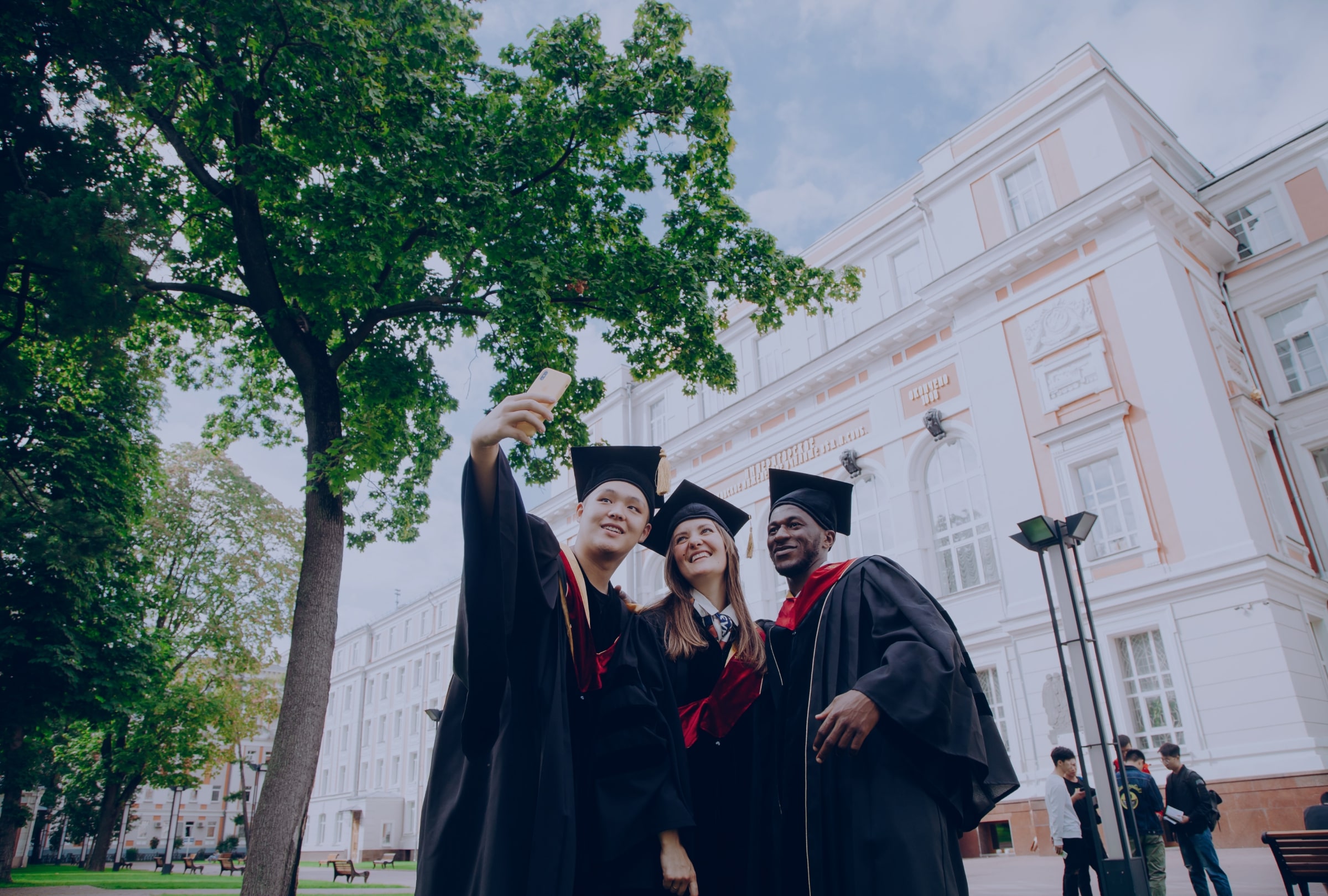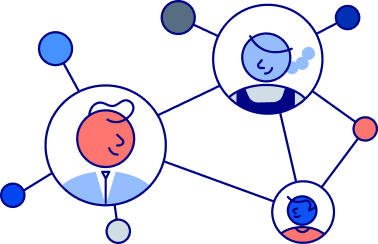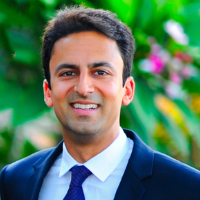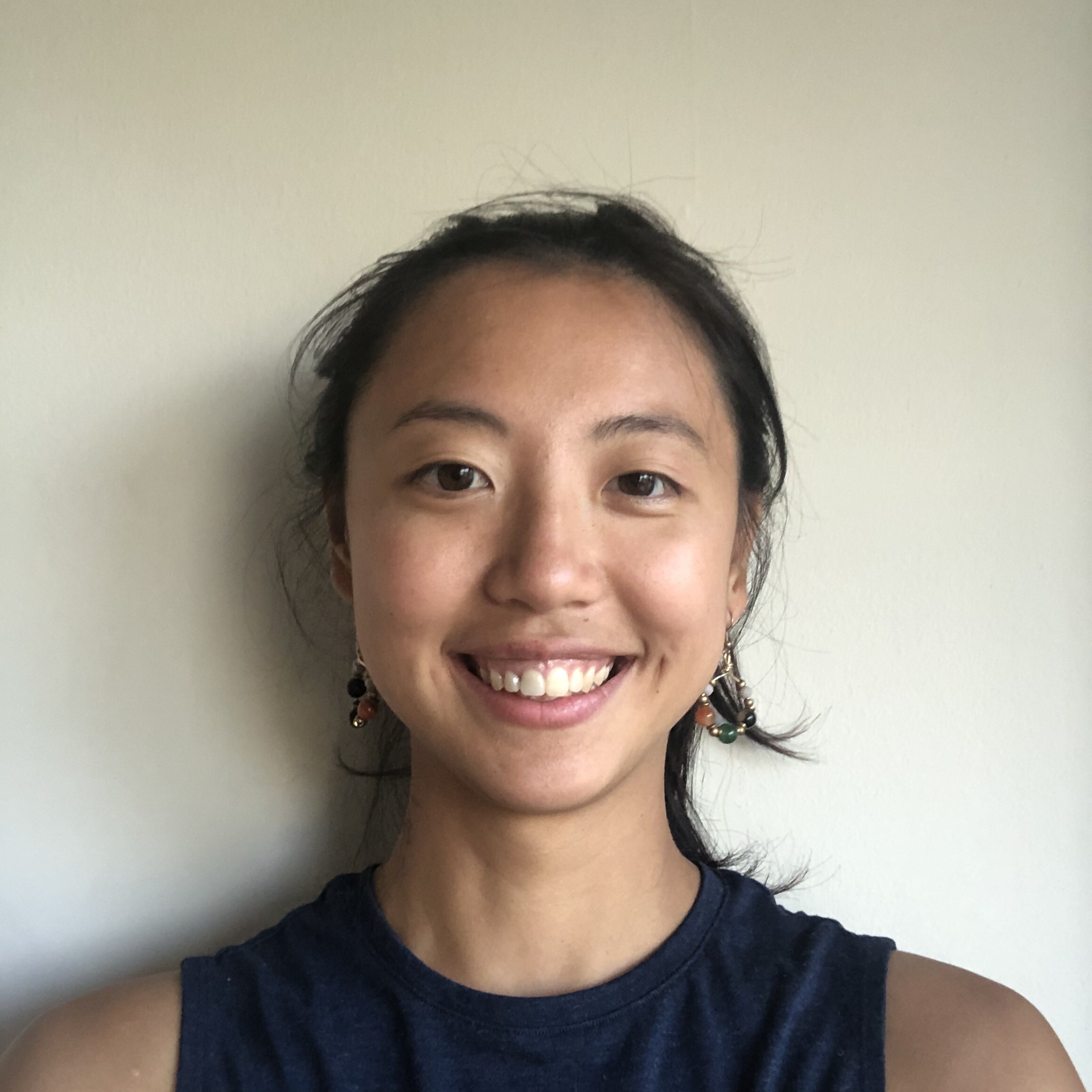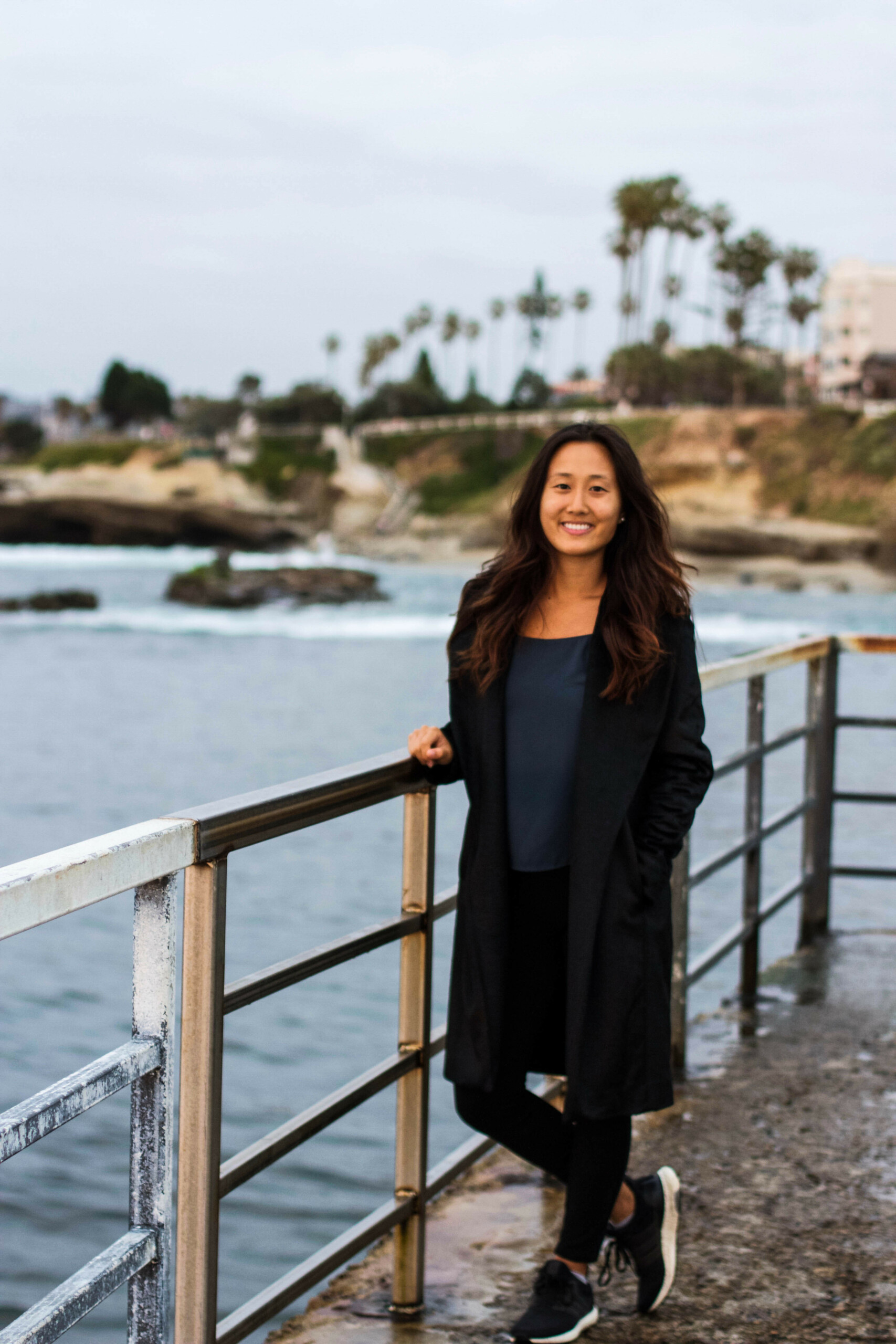Intro to the U.S. Immigration System
When you are in the U.S. on a student visa, your visa will expire 30 (J-1 visa) or 60 (F-1 visa) days after you graduate or after your OPT work authorization ends. If you wish to remain in the U.S. for work and/or graduate school, you will need a new visa. There are two main types of visas – nonimmigrant or temporary visas and permanent visas also known as green cards. A common immigrant pathway to living in the U.S. is an F-1 student visa to an H-1B visa to a green card.
Important Government Agencies to Know
There are several U.S. government agencies that you will interact with as a foreign national.
- Department of Homeland Security: Includes United States Citizenship and Immigration Services (USCIS), Immigration and Customs Enforcement (ICE), and Customs and Border Protection (CBP) who will check your passport upon arrival
- Department of Labor (DOL): Plays a role in H-1B visa and PERM processing (more on that below)
- Department of State: Includes U.S. embassies and consulates in other countries
Important Documents for Foreign Nationals
Your passport will act as your main form of documentation and identification to enter and remain in the U.S. To enter the U.S., you must have a valid visa stamp on your passport. After you arrive, the most important document for you to have is form I-94. Your I-94 will be generated electronically after you arrive in the country. You should check it for accuracy after each entry and keep a copy on you at all times while in the U.S.
International students on an F-1 student visa will also have an I-20 form that proves they are enrolled in a qualifying program for their visa. Students on a J-1 visa will have a DS-2019 form instead, but it serves the same purpose. After graduation, students who wish to remain in the U.S. will need to seek a new visa. When that work visa is approved, they will receive an I-797 approval notice. If needed, a new I-94 card will be included on the bottom of the approval notice.
Nonimmigrant Visas for Temporary Stay in the U.S.
Nonimmigrant visas grant temporary authorization to enter the U.S. for a predetermined amount of time for a specific purpose. While there are short-term tourist visas for visitors, if you plan to work in the U.S. after college, you will need a visa that specifically grants work authorization.
H-1B Visa
The H-1B visa is the most common type of work visa in the U.S. It’s a specialty occupation visa which means that the sponsored position must require a bachelor’s degree in a specific field of study, and you must hold a degree in that field. There is a six year maximum for H-1B visas, granted in 3 year increments. There are limited exceptions to extend beyond the six year maximum in some situations. It’s a dual intent visa which means you can apply for permanent residency while on the H-1B visa. However, if your H-1B expires or you lose your job, you have a grace period of up to 60 days (not to exceed the date your I-94 expires) to leave the country or gain alternative authorization to stay.
H-1B visas are granted through a lottery every year. There are 65,000 visas available per year with an additional 20,000 visas for applicants with a master’s degree or higher. The following employers are exempt from the lottery cap meaning that you can get an H-1B visa for these employers as long as you meet the other requirements for the visa:
- Non-profit colleges and universities
- Non-profit organizations affiliated with colleges and universities
- Non-profit and government research entities
H-1B Visa Tips
While the H-1B is the most common work visa, the chances of winning the lottery are low due to high demand. To increase your chances of securing an H-1B visa, use your OPT work authorization first and apply for H-1B each year while on OPT. You may also qualify for one of the additional 20,000 visas if you earn a master’s degree in the U.S. as long as you will graduate before the petition is filed (even if you graduate after the lottery).
If you are employed with a cap-exempt organization, you can be sponsored for a second (or concurrent) H-1B with a cap-subject employer and avoid the lottery. But, if you change employers, the new employer must file a new H-1B application. If you change job roles such as getting a promotion or change job sites, your employer may need to file an amendment with USCIS for your visa status to remain valid.
You can travel abroad while on an H-1B but may need to obtain a new visa stamp at a U.S. embassy or consulate while you are abroad. You can also study part-time while working on an H-1B. Your spouse and/or children can study in the U.S. as well but cannot work legally (although there are some exceptions for spouses to work). Contact Fragomen for more information if you are planning to include a spouse on your H-1B visa application.
How to Apply for an H-1B Visa
Foreign nationals don’t actually apply for the H-1B visa individually. Instead, their employer or future employer applies on their behalf. However, it’s still important to know the basic steps to ensure that your employer meets the deadlines for you to get your visa. Also, if you held a J-1 student visa and have not fulfilled your two-year home residence requirement, you must do that or obtain a J-1 waiver before your employer can apply for an H-1B.
- Your employer registers for the H-1B lottery in March if they are not cap-exempt.
- Employers who are selected have 90 days to file their H-1B petition.
- Employer proves they will be able to pay you at or above the prevailing wage for that position and area of the country.
- Employer pays H-1B fees.
- Work authorization starts October 1st at the earliest.
If your student visa or OPT expires before October 1st, you may be able to get a CAP GAP extension to cover the time between graduation and October 1st. You may be able to continue to work during the CAP GAP if you were already working for that employer using OPT. Your H-1B case must be filed as a change of status in order to qualify for CAP GAP.
Alternatives to H-1B
International students who are not successful in the H-1B lottery or don’t have an employer to sponsor them, such as entrepreneurs, may seek out alternatives to the H-1B visa.
L-1 Intracompany Transfer Visa
The L-1 visa allows executives, managers, and employees who possess specialized knowledge to transfer from a company outside the U.S. to another branch or an affiliated company in the U.S. To qualify, you must work for one year for the company in another country. L-1 visas are dual intent visas, so you can begin the process of applying for permanent residency while working in the U.S. L-1 visas also grant work authorization to approved spouses of visa holders.
Two types of L-1 visas:
| L1-A | L1-B |
| For executives and managers | For workers with specialized knowledge at their job |
| Lasts up to seven years | Lasts up to five years |
E-1 Treaty Trader and E-2 Investor Visas
An E-1 or E-2 visa may be a good option for you if you are interested in becoming an entrepreneur after graduation. For an E-1 visa, you must engage in substantial trade (over 50%) between your country of citizenship and the U.S. For an E-2 visa, you must invest a substantial amount of capital in the U.S. or be the director of an enterprise that you invested in.
Both visas are good for 2-5 years depending on your country of residence with unlimited renewals possible. Unfortunately, only certain nationalities qualify for the E-1 and E-2 visa; notably, China, India, Russia, and Brazil do NOT qualify for the E-1 or E-2 visa.
O-1 for Persons With Extraordinary Ability
The O-1 visa is for individuals with extraordinary ability in one of the following areas:
- Science
- Arts
- Education
- Business
- Athletics
The O-1 visa is difficult to acquire because you must be in the top of your field and provide evidence for at least three out of eight criteria. However, it’s an excellent visa for talented workers who wish to remain in the U.S. long-term because it’s a dual intent visa and can be extended an unlimited number of times in one-year increments.
Nationality-Specific Work Visas (H-1B1, E-3, TN)
There are several different types of temporary, non-dual intent visas that are specific to certain countries. These visas are generally easy to apply for, and if you qualify, they are likely to be approved.
| H-1B1 Visa for Chilean and Singaporean professionals | E-3 Visa for Australian professionals | TN Visa for Canadian and Mexican professionals |
| 1,400 H-1B1 visas for Chilean citizens and 5,400 for Singaporean citizens available each year
This is a specialty occupation visa – which means the position must require at least a bachelor’s degree in a specific field. |
10,500 visas available per year
This is a specialty occupation visa – which means the position must require at least a bachelor’s degree in a specific field. |
Unlimited number of visas available but the job must be on the NAFTA occupations list |
| Lasts one year with the option to renew | Lasts two years with the option to renew | Lasts three years with the option to renew |
| Can apply directly at a U.S. consulate in Chile or Singapore or with USCIS if already in the U.S. | Can apply directly at a U.S. consulate in Australia or with USCIS if already in the U.S. | Canadians may apply for a TN Visa at the border or with USCIS; Mexicans may apply at a consulate abroad or with USCIS |
Immigrant Visas for Permanent Residence in the U.S.
Immigrant visas for permanent residence in the U.S. are referred to as green cards. The ideal pathway to a green card is working first on an H-1B or L-1 visa and applying for a green card while you are already in the U.S., but that is not the only pathway. You are not required to be in the country or have previously worked in the U.S. to apply for a green card, and time spent in the U.S. doesn’t affect green card approval.
It can take many years of waiting for a green card to be approved. The waiting period depends on the type of visa and your country of birth even if that varies from your country of citizenship. Because of long waiting periods, it’s beneficial to file multiple green card applications at once such as a family green card application and an employment-based green card application. Green card applications can include spouses and unmarried children under 21.
Green Card Categories
There are four main ways to acquire a green card in the U.S.:
- Through a family member who is a U.S. citizen or current green card holder
- Employment with a U.S.-based company
- Diversity lottery
- As a refugee or other humanitarian-based options
Family-Based Green Cards
Family-based green cards are for family members of U.S. citizens or permanent residents. Immediate relatives of U.S. citizens can apply for a family-based green card without long wait times. Immediate relatives are spouses of U.S. citizens, parents of a U.S. citizen child who is over 21, and unmarried children of U.S. citizens who are under 21 years old.
Some other family members can apply but there may be backlogs and capacity limits depending on the person’s home country. Check the family visa bulletin for current wait times.
Here are the other family members that are eligible for green cards in order of preference. Any relatives not listed below are not eligible for a family-based green card.
- 1st preference – unmarried sons and daughters (over 21) of U.S. citizens
- 2nd preference:
- 2A – spouses and unmarried (under 21) children of permanent residents
- 2B – unmarried sons and daughters (over 21) of permanent residents
- 3rd preference – married sons and daughters of U.S. citizens (any age)
- 4th preference – brothers and sisters of U.S. citizens
Employment-Based Green Cards
There are five employment-based green cards: EB1-EB5. EB-1 green cards are for priority workers, and there are three sub-categories depending on your occupation. Persons of extraordinary ability can self-petition for an EB-1 green card, but they must meet three out of ten criteria to demonstrate their abilities. For professors and researchers, three years of teaching or research experience is required plus two out of six criteria to demonstrate their outstanding accomplishments in their field. There is also a multinational manager option for managers and executives, but most recent graduates likely will not qualify for these positions. To qualify, you must have one year of experience as a manager or executive in the past three years outside of the U.S. with a company affiliated with the U.S. sponsor.
The EB-2 green card requires either an advanced degree, such as a master’s or Ph.D., or proven exceptional ability in science, art, or business. For most EB-2 green cards, the employer must go through a long PERM Labor Certification process to prove that there are no minimally qualified U.S. applicants. However, for college/university teachers, there is a streamlined Special Handling PERM option for faster processing. Lastly, for EB-2 green cards, there is a National Interest Waiver (NIW) option for individuals whose employment will significantly benefit the U.S. in some way. No labor certification is required for the NIW option which means faster processing, and you can self-petition.
EB-3 is the most commonly used employment-based (EB) green card category and requires employer sponsorship. It has three subcategories with different requirements:
- Professionals – bachelor’s degree required
- Skilled workers – 2 years of training and/or experience required
- Unskilled workers – limited to 10,000 visas per year
EB-4 is for religious workers and other types of “special immigrants”. This likely will not apply to international students and recent graduates.
EB-5 is an investment-based permanent residence program. Tune into Fragomen’s March 1st webinar for an in-depth look at the EB-5 visa.
Diversity Lottery
The diversity lottery provides 50,000 green cards to candidates from eligible countries that have historically low rates of immigration to the U.S. China, India, and many other countries are not eligible. Eligible countries (based on your country of birth) change year to year so check the list here. The diversity lottery application registration period is every October, but with about 15 million applicants, chances of being accepted are very low.
Humanitarian-Based Options
Asylum and other humanitarian-based options are for people currently in the U.S. or seeking to enter the U.S. to avoid or escape persecution. These include:
- VAWA – for abused spouses, children, and parents of U.S. citizens or LPR
- Humanitarian Parole – for people outside of the U.S. with a significant, urgent need to get the U.S.
- Temporary Protected Status – similar to Humanitarian Parole but for people already in the U.S.
- Deferred Action for Childhood Arrivals (DACA) – for people already in the U.S. who came before their 16th birthday and have remained in the U.S.
- Special Immigrant Juvenile Status (SIJS) – for children in the U.S. who cannot safely be reunited with parents or returned to their home country
- Asylum – for someone currently in the U.S. who has a well-founded fear of prosecution in their home country because of their race, religion, nationality, social capital, or political opinion
- Refugee Status – for someone outside the U.S. who has a well-founded fear of prosecution in their home country because of their race, religion, nationality, social capital, or political opinion
Learn more about each of these unique humanitarian-based immigration options from Interstride’s blog.
General Advice for Life After Graduation
There is a lot of advice out there about immigration in the U.S. For your safety, only take advice from legal professionals such as an immigration attorney or your student visa advisor. Do not take advice from your friends as everyone’s immigration path is unique.
If you are on an F-1 student visa, take advantage of OPT before or after graduation. It is a way to work up to 12 months as an international student without needing to acquire another visa. OPT can be extended up to two more years if you study and work in a qualifying STEM field. That means you can work for up to three years after graduation on your student visa. To qualify, the job must relate to your field of study.
U.S. laws require international students and other foreign nationals to carry their visa documents with them at all times. Keep digital copies of everything stored in a secondary location such as a cloud. This includes:
- All immigration forms
- Current and old passports
- Fee receipts
Lastly, it’s essential that you do not work if you are not authorized to do so on your student visa even if it’s an internship or other part-time work. Working illegally could harm your chances of remaining in the U.S. in the future. If a potential employer asks if you are able to legally work in the U.S., make sure to answer honestly. We recommend sending a follow-up email to explain your immigration situation if you are seeking employer sponsorship.
Get Professional Help With Your Immigration Pathway
Fragomen is the largest and oldest immigration firm in the world. Their immigration experts can help you transition to living and working in the U.S. after graduation. They have helped numerous international students just like you navigate the complex U.S. immigration system and secure work authorization either through a temporary, nonimmigrant visa or a green card for permanent residency. Contact Fragomen today to explore your post-graduation options

